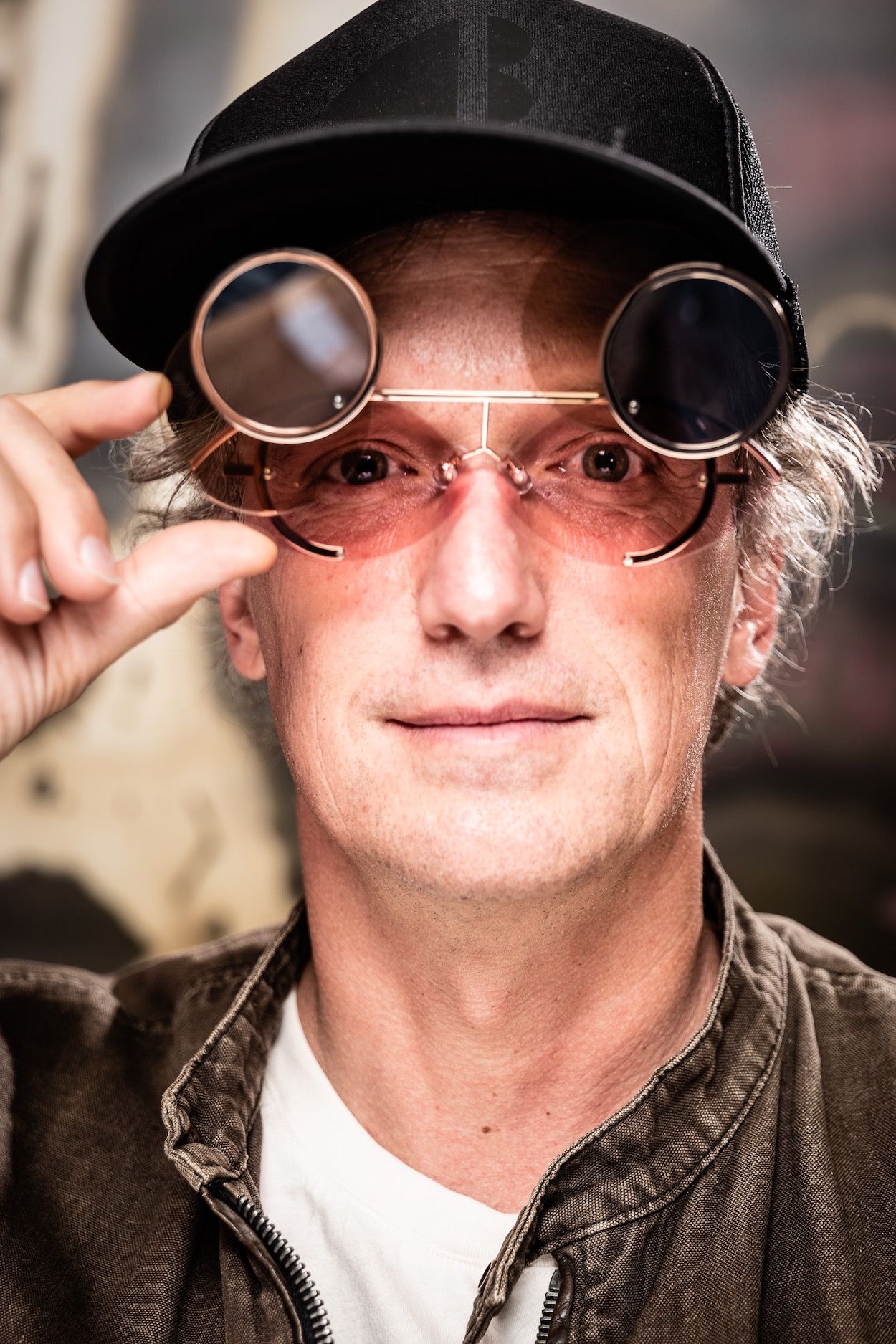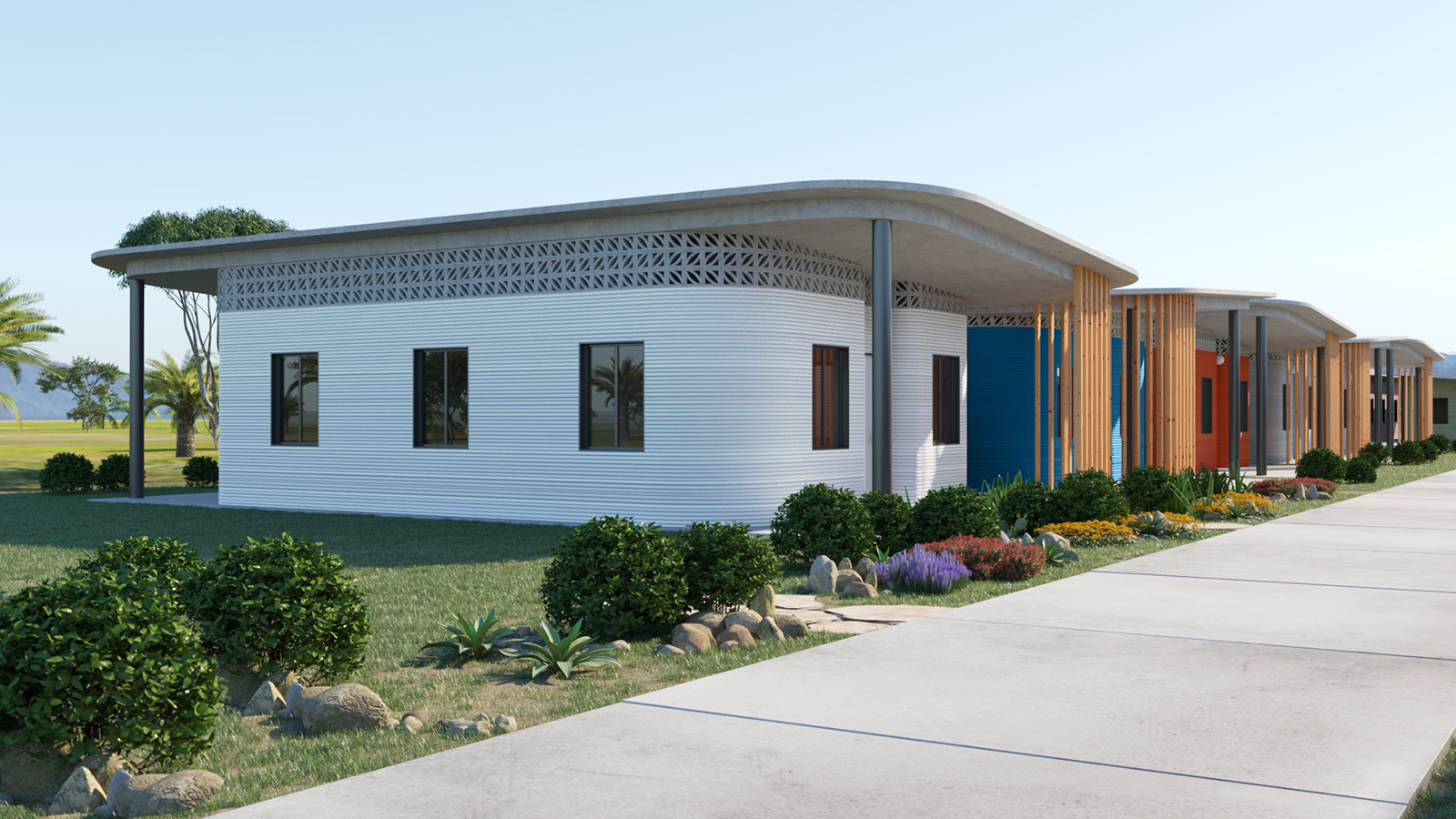To kick off Surface Summer School, the designer and Fuseproject founder Yves Behar addressed students at UPenn’s Stuart Weitzman School of Design on Monday night as they began a month-long competition to design a mobile testing unit for COVID-19.
Takeaways: “One of the best qualities of design and designers besides being humanistic is our reactivity—our ability to look at problems, see what’s happening in the world, and contribute with our tools, creativity, and learned skills,” he told them over Zoom. Behar’s presentation showcased four of his projects with synergetic themes to the competition.
PlantPrefab YB1
The prefab accessory dwelling units (ADU) are designed to quell the construction industry’s environmental impact as well as the affordable housing crisis in low density cities such as San Francisco and L.A. Each one is entirely customizable with the option of rooftop solar panels. The decrease in construction time and waste is vast. “Imagine telling your neighbors you’re building a building in the backyard and it’s only going to take 24 hours. The efficiency of prefabs is enormous,” he says.
New Story
The goal of the world’s first 3D printed community, in Mexico, is to provide a template to solving homelessness. (The residents have an average income of around $200 per month.) Each house can be constructed in 24 hours and offers a novel design language for the technology. “It’s a new type of texture because the layers of concrete, laid down in succession, can feel adobe at times.”


